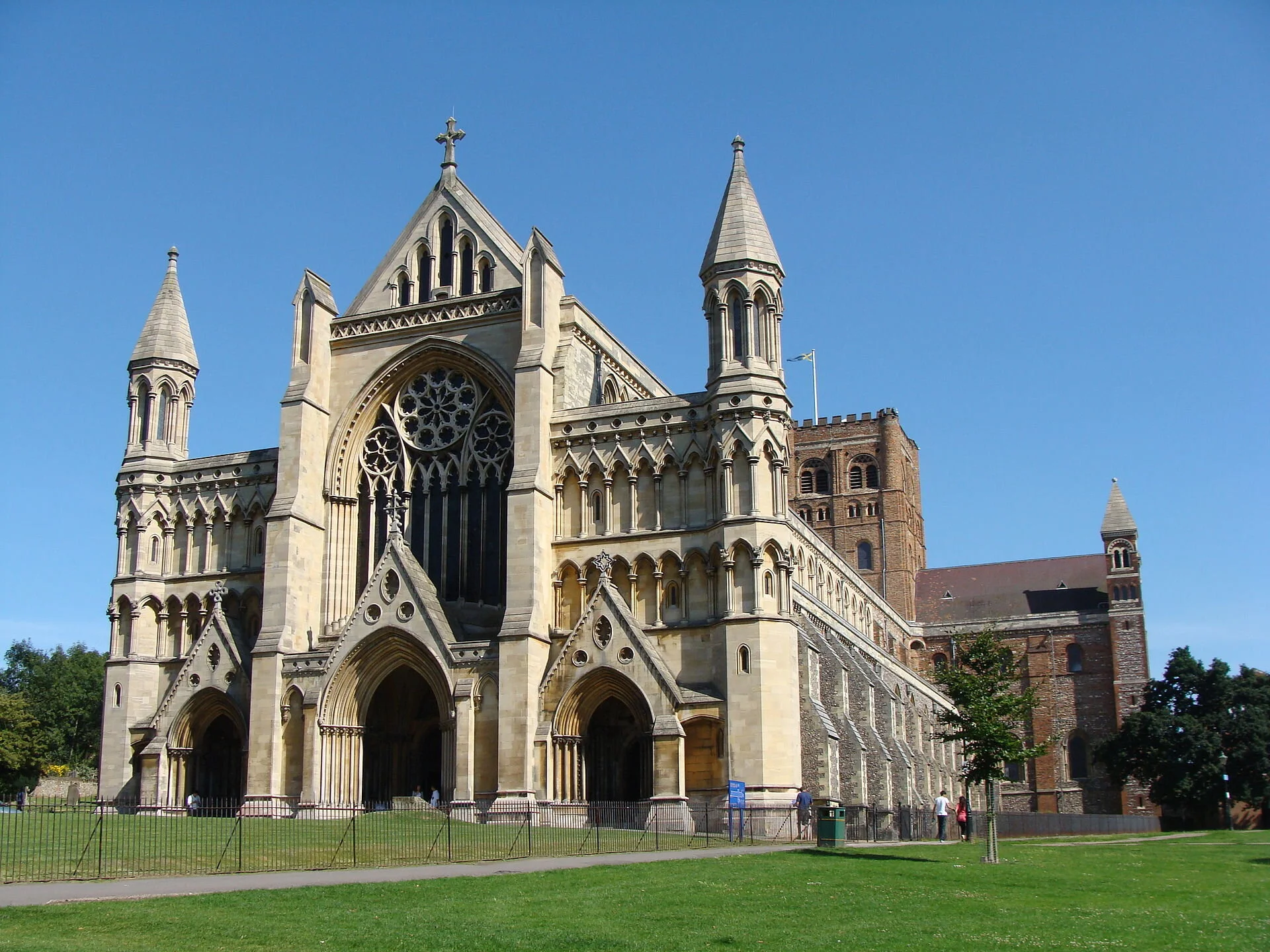Chester Cathedral
When I lived in Liverpool, I would frequently visit friends in Chester. Of course, we wouldn’t do things like visit the Cathedral, the Castle or the Zoo. It was always, “we can do that next time”. And, of course, next time never came.
Chester was, unsurprisingly, founded by the Romans in 79 AD or CE. It became one of the main Roman camps in Britain and the town started growing around the camp. It was one of the last places to surrender to William the Conquerer and he ordered that the castle be built, which was started in 1070. The aim to dominate both the town’s citizens and the nearby Welsh border.
In 689, King Æthelred of Mercia founded the Minster Church of West Mercia, which later became Chester's first cathedral. He also strengthened the walls around the town to protect it against the Danish invaders. Today, Chester is the best-preserved medieval walled city in the U.K.
Henry VIII granted Chester city status in 1541.
The current cathedral started its life in 1093 as a Benedictine abbey church and some of the monastery’s buildings still survive. It was built and added to over the next 400 years and because of this, it represents all of the major medieval English cathedral building styles.
By the Victorian period, the cathedra was considered to be in need to repair and a significant and controversial restoration was undertaken. Finally, in the 20th century, a stand-alone bell tower was built. So, Chester Cathedral is a mishmash of styles but beautiful, maybe, because of that.
The cathedral and the town are well worth a visit. If you do visit the cathedral, ask one of the attendees to show you the Cathedral elephant and to tell you the story of it.
Here are a few photos of the cathedral





